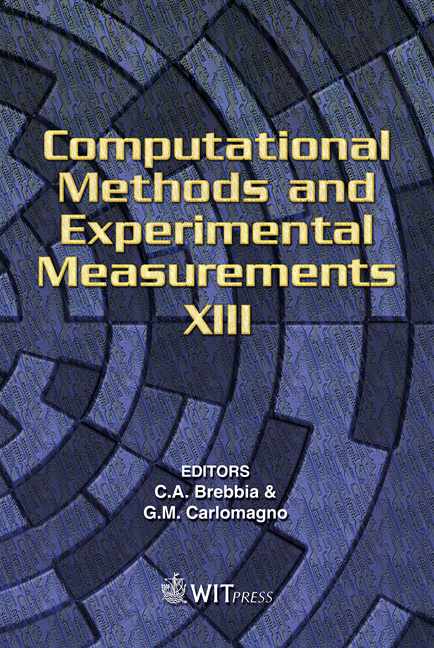Desalination Of Historical Masonry Using Hydrophilic Mineral Wool Boards
Price
Free (open access)
Transaction
Volume
46
Pages
9
Published
2007
Size
619 kb
Paper DOI
10.2495/CMEM070391
Copyright
WIT Press
Author(s)
P. Michálek, V. Tydlitát, M. Jerman & R. Černý
Abstract
In the desalination measures hydrophilic mineral wool can be considered as a possible alternative to the commonly used cellulose. Contrary to cellulose, it can be used repeatedly, and its effectiveness is higher because of the dominant mode of water transport along the hydrophilic fibers. In this paper, experimental investigation of desalination potential of several different types of hydrophilic mineral wools is performed. The obtained results show that high-density materials are the most effective for this type of application. Keywords: desalination, hydrophilic mineral wool, water transport, salt solution transport. 1 Introduction Avoiding water penetration into components of building structures is a fundamental principle for their maintenance. The most important mitigation method is prevention through the physical separation of building materials from soil moisture and salts with the traditional damp-proof course. This is typically an impermeable barrier such as plastic, glazed brick, bitumen. Using such protection measures in historical masonry is, however, mostly not feasible. Therefore, it is necessary to deal with consequences of salt penetration into the structural elements and use repeatedly desalination techniques. In existing salt-laden structures salts can be removed through poulticing and in some cases the affected masonry may be replaced. However, in the past few decades the cost of such replacement has led to increasing use of chemical dampproof courses in the form of injected siloxane. Hydrophilic mineral wool seems to be a perspective material for desalination purposes. Hydrophilic admixtures in mineral wool accelerate liquid moisture
Keywords
desalination, hydrophilic mineral wool, water transport, salt solution transport.





